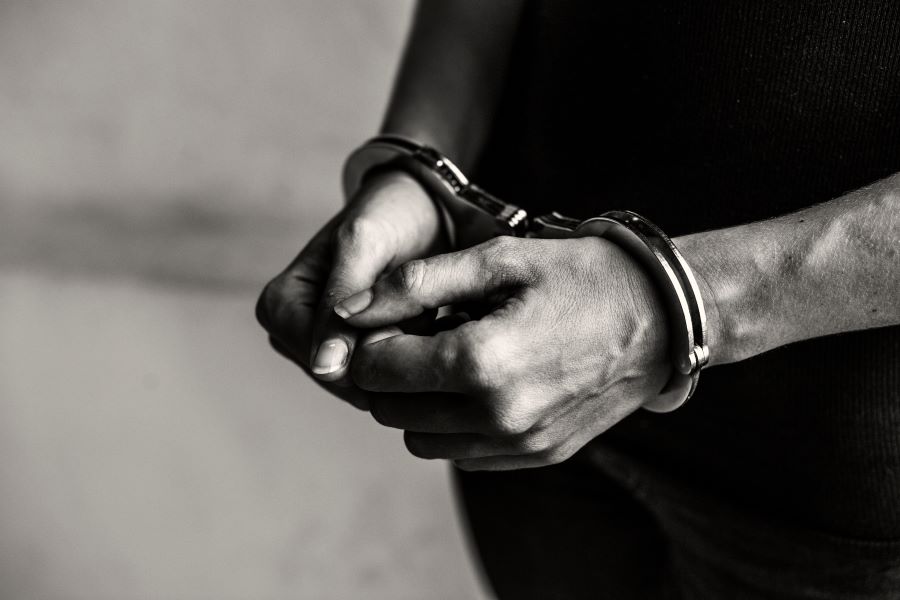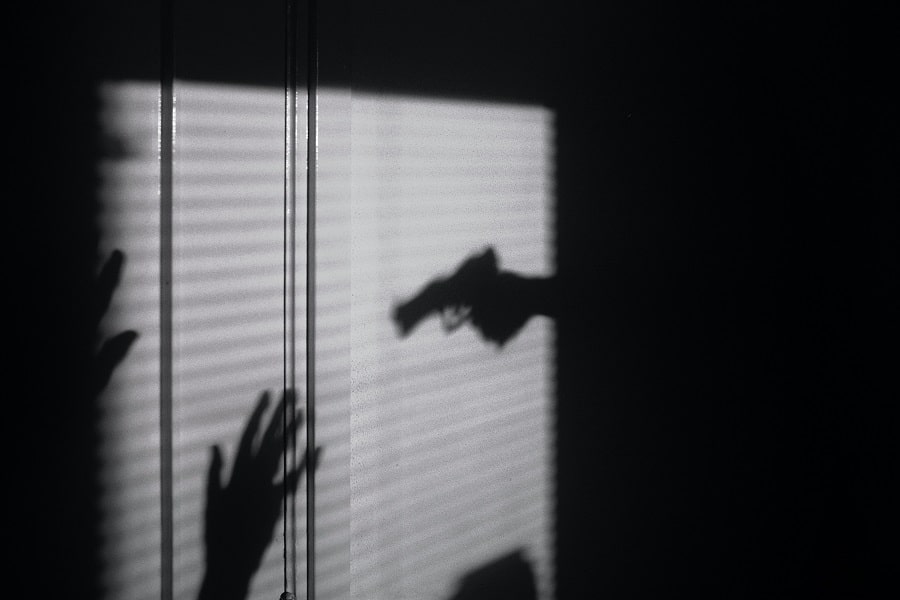Los Angeles is known for its glitz, glamour, and movie stars. However, the city is also known for its gangs. Los Angeles gangs have been a part of the city of angels for decades and remain a significant problem.
What Is Considered Gang Activity?
California has a history of fighting gang violence with tough sentencing laws for close to 30 years. While this goal is laudable, the tough stance the State has on gang violence has led police to associate individuals with these organizations simply based on where they live. In order for a prosecutor to charge a person with a gang-related crime, the group with whom the person is allegedly connected must fit within the state’s definition of a gang. Specifically, a group can be considered a gang if it has three or more members that use a common name or identifying mark, and engage in criminal activity.
Gang activity can take many forms, but it generally involves criminal behavior carried out by a group of people identifying as part of a gang. This criminal behavior can include drug trafficking, robbery, assault, and murder. Gang members often use symbols, hand signs, and colors to identify themselves and show their allegiance to a particular gang.
California has two laws that are commonly used to penalize gang activity under what is known as the STEP Act (California Street Terrorism Enforcement and Prevention Act): participation in a gang and a sentencing enhancement provision for crimes connected to the gang. A discussion of what the prosecutor must prove in order to convict or enhance a sentence related to gang activity will follow below.

Participation in a Gang
People get involved in gangs for many different reasons. Some join gangs to seek a sense of belonging and acceptance, while others are forced into gangs by peer pressure or threats of violence. Gangs can also provide a source of income for some members through illegal activities such as drug trafficking or robbery.
California law says it is a crime to participate in and assist a gang with criminal activity. In order to convict a defendant for this offense, the state must prove the defendant:
- actively participated in the gang (more than passive association, but frequently hanging out with known gang members could satisfy this requirement);
- knew the members were involved in a pattern of criminal activity, which relates to the commission of two or more specified crimes on two or more occasions by two or more people within three years of one another; and
- knowingly assisted, furthered, or promoted felony criminal conduct (directly committed a felony or aided and abetted a felony).
This offense is a wobbler and can be charged as a misdemeanor or felony. The potential sentences range from one year in county jail up to three years in State prison and the imposition of substantial fines.
Sentencing Enhancement for Gang Association
California law has a sentencing enhancement for gang association, which means that if a person is convicted of a crime and is found to be a gang member, their sentence can be increased.
If a defendant is suspected of committing a crime in connection with a gang, the prosecutor can seek to impose a sentence enhancement that would extend the individual’s sentence to varying degrees depending upon the underlying crime. Before the sentencing enhancement may be applied, the prosecutor must first prove the defendant was guilty of the underlying crime, and then prove the following:
- the underlying crime was committed for the benefit of, under the direction of, or in association with a criminal gang; and
- the crime was committed with the intent to further, assist or promote the criminality of the gang.
Note that active membership or participation in the gang at the time of the crime is not required before the sentence enhancement can be applied. As mentioned above, the amount of sentence enhancement depends upon the underlying crime and can range from two years in State prison to a life sentence. Determining how long the additional sentence would be is somewhat complicated. Moreover, it is essential to note that not everyone associated with a gang is involved in criminality, and consulting a criminal defense attorney is advisable to assess the specifics of a particular case.
Understanding Los Angeles Gangs
Los Angeles is home to some of the most notorious gangs in the country, including the Bloods, Crips, and MS-13.
These gangs have been involved in various criminal activities, including drug trafficking, murder, and robbery. Gang members often use graffiti to mark their territory and send messages to rival gangs. This graffiti can be seen on buildings, fences, and other structures throughout the city.
The History of California Gangs
The history of California gangs can be traced back to the early 20th century.
In the 1920s and 1930s, Mexican-American gangs formed in Los Angeles in response to discrimination and poverty. These gangs were often involved in fighting each other and the police.
During the 1940s and 1950s, African-American gangs also began to form in response to discrimination and poverty. These Los Angeles gangs included the Bloods and Crips, which are still active today.
The 1960s and 1970s saw an increase in gang activity in Los Angeles as drug use and violent crime rates rose.
The 1980s and 1990s were marked by high-profile gang-related crimes, including the crack epidemic and the 1992 Los Angeles riots.
In the early 2000s, the FBI launched a crackdown on California gangs, which resulted in the arrest of many high-ranking gang members.
How Do the Police Deal with Gangs in LA Today?
Today, the Los Angeles Police Department (LAPD) has a specialized unit called the Gang and Narcotics Division responsible for investigating and prosecuting gang-related crimes. The LAPD also works closely with federal law enforcement agencies, including the FBI and the Bureau of Alcohol, Tobacco, Firearms, and Explosives (ATF), to combat gang activity.
The LAPD also has community programs to prevent young people from joining gangs. These programs provide mentorship, job training, and other resources to help young people stay out of gangs and build a better future for themselves.
California’s Gang Database is another significant aspect of Los Angeles’ gang culture. This repository of information is essential for documenting and tracking the activities of various gangs operating in the region. Law enforcement organizations can benefit from the Calgang Database, which gives them comprehensive profiles of known gang members, their associations, and their criminal history. The database aids in identifying patterns, understanding gang dynamics, and implementing targeted strategies to combat gang-related crime.
List of Top Los Angeles Gangs and Their History
- The Grape Street Watts Crips: The Grape Street Watts Crips are a street gang based in the Watts district of Los Angeles, California. They are a smaller branch of the greater Crips gang and are well-known for their violent crimes, robberies, and drug trafficking.
- The Avenues: The Avenues is a street gang based in Los Angeles’ Highland Park area. They are notorious for their close ties to the Mexican Mafia and are involved in a number of illegal operations, such as the trafficking of illegal drugs, extortion, and murder.
- Armenian Power: Also known as AP-13, Armenian Power is an Armenian-American street gang headquartered predominantly in Southern California. They have engaged in a number of criminal activities, such as racketeering, organized crime, identity theft, and drug trafficking.
- Sureños: The name Sureños, which translates to “Southerners” in Spanish, refers to a group of street gangs that are connected to the Mexican Mafia. Although they are mainly active in Southern California, they also have a sizable presence in other states. The Norteños is a different gang alliance with roots in Northern California, and the Sureños gangs are notorious for their feud with the Norteños gang.
- Wah Ching: Wah Ching is an Asian-American street gang that has its roots in San Francisco and Los Angeles’ Chinatown areas. Wah Ching has engaged in a number of illegal acts, such as the trafficking of illegal drugs, extortion, and organized crime.
- Aryan Brotherhood: A white supremacist prison gang known as the Aryan Brotherhood was founded in the California jail system. They are widely spread across both state and federal prisons in the US. The gang is well-known for its affiliation with organized crime, including drug trafficking, extortion, and brutality, as well as for its white supremacist ideology.
- MS-13: The Mara Salvatrucha, also known as MS-13, is a transnational street gang that started in Los Angeles and has since spread throughout the United States and Central America. The majority of the individuals in this gang are of Salvadoran descent. MS-13 engages in a variety of illegal operations, such as extortion, assault, drug trafficking, and people trafficking.
- The Bloods: A well-known street gang called The Bloods got their start in Los Angeles, California, in the early 1970s. The predominant color of the gang is red, and its members are frequently recognized by their red-colored attire and accessories. The Bloods have increased their territory in different American towns and states. They are fierce rivals with the Crips, another well-known street gang, which has led to constant conflict and violence over territory.
- Florencia 13: Florencia 13 is a Hispanic gang based in the Florence-Firestone area of Los Angeles. The gang has been involved in drug trafficking, robbery, and murder. Florencia 13 is known for using graffiti to mark its territory and its rivalry with other Hispanic gangs in LA.
Speak to a Criminal Defense Attorney
Being associated with gang violence have serious legal consequences. Under California law, a person can be charged with a crime simply for being associated with a gang. This is a sentencing enhancement that can result in a longer prison sentence if the person is convicted of a crime.
If you are facing charges related to gang association, it is vital to contact criminal attorneys with experience handling these types of cases. A criminal defense attorney can help you understand your legal rights and work to build a strong defense on your behalf.


